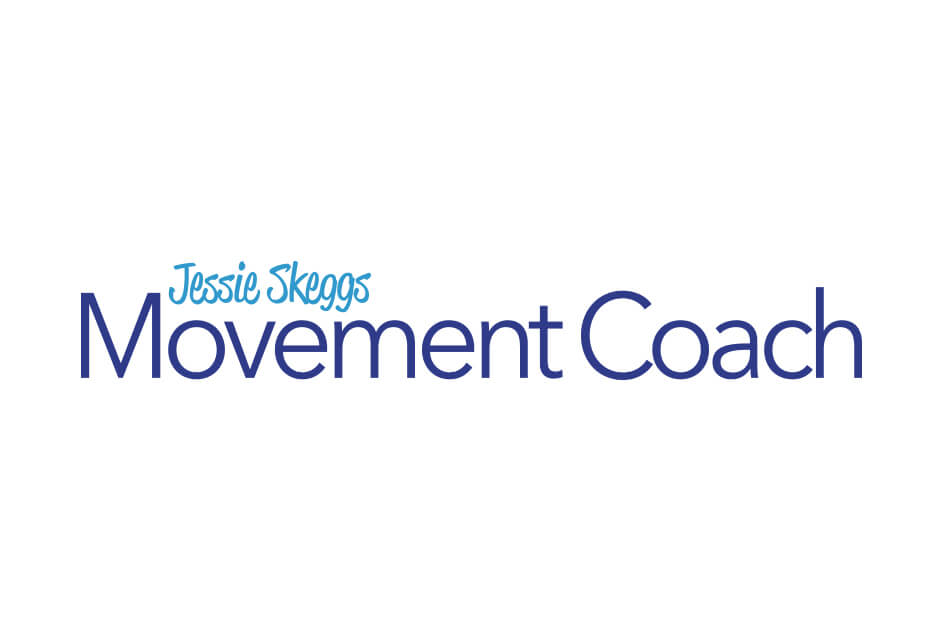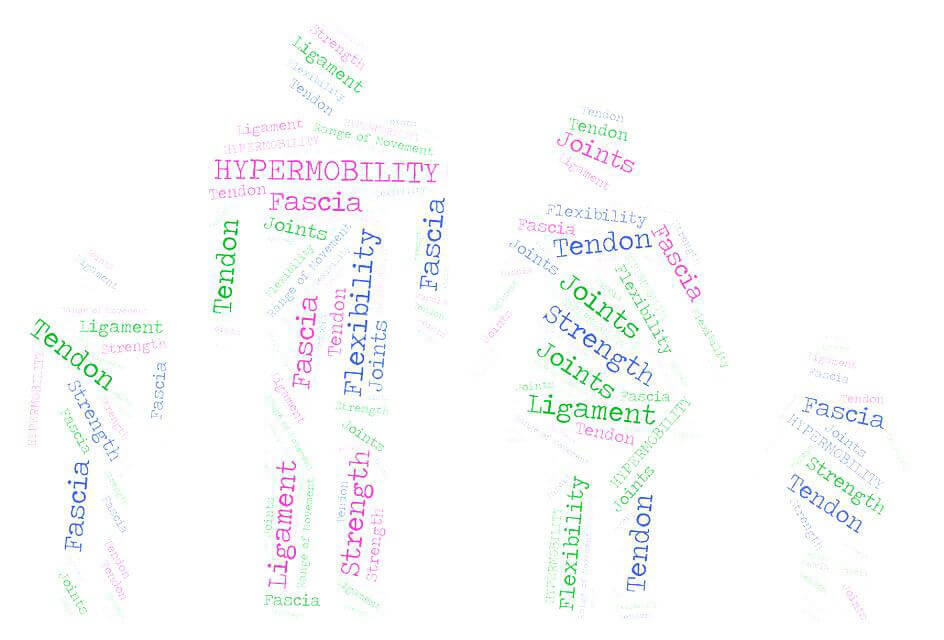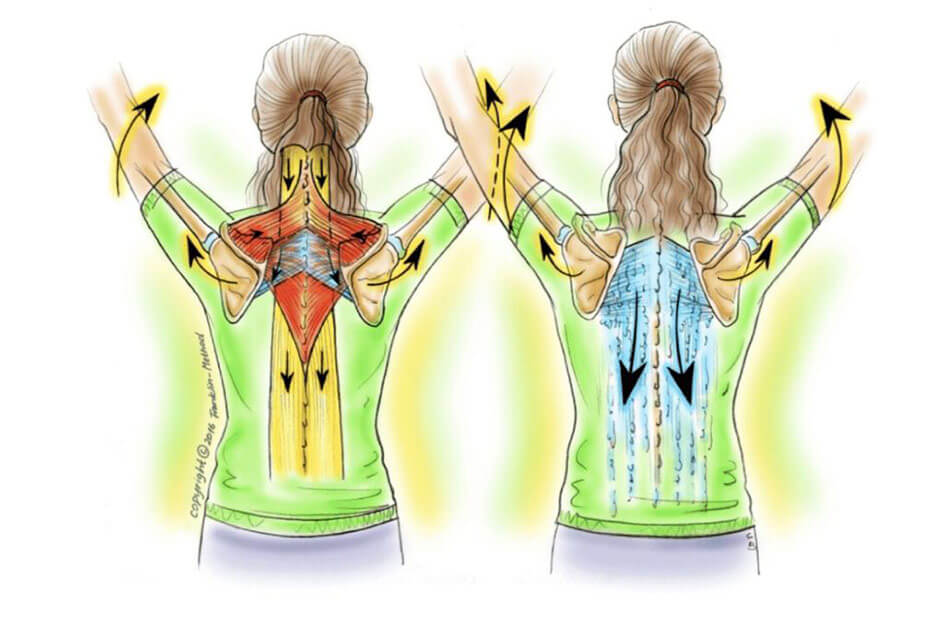Covid affected all our businesses in different ways. As pre-Covid the majority of my work was with people who have suffered trauma of some kind (broken spines, amputated limbs, severe neurological illness such as multiple sclerosis and transverse myelitus) as soon as Covid arrived all these clients had to shield. I lost my business overnight on top of which like many others, we moved house, as my husband was no longer having to commute to London.
So I attempted to move my business on-line and this sort of worked. I say sort of because so much does not work on-line. So many more things have to be taken into account: the quality of the cameras, the camera angles, the ability of the client to be aware of the camera angles, the fact i’m only looking at a 2d representation, the energy transfer to the client and back (the rapport), the lack of touch to effect change and help the brain understand the movement, the effort the client now has to make to move themselves into position unassisted, the lack of studio machines with their resistance and small equipment such as arcs and balls.
We muddled through as best as we could, but it was not ideal, I suddenly needed my clients to be so much more aware of their bodies without as much physical assistance from me – or without me being able to observe as well and therefore give appropriate verbal feedback.
Pilates matwork is the hardest sort of pilates. Lots of people do not realise this and often start with a pilates matwork class. All you have in class is your body and the floor (although lots of Body Control Pilates® teachers will also use bands and balls to change this) You have to understand and notice your body extremely well to be able to affect great change here. Yes, you may well get more muscle tone, but you may not feel that your movement quality has changed, if at all. You may feel stronger but not necessarily more comfortable. For those with current disabilities and conditions this is even more true and so going on-line teaching pilates in the same way was not a long term solution for on-line. So I turned to The Franklin Method®.
The Franklin Method ® is a highly effective, evidence-based approach to movement education focusing on the body and its functions. It uses Dynamic Neuro-cognitive Imagery™, anatomical embodiment and educational skills to create lasting positive change in your body and mind. One of the greatest discoveries of the 21st century is the plasticity of the brain; that the lives we live shape the brain we develop. The Franklin Method® is at the forefront of practical neuroplasticity; showing you how to use your brain to improve your body’s function. It teaches you how to harness the transforming power of the mind.
Suddenly I had a whole new load of tools to play with: positive self-talk, metaphorical and anatomical imagery, powerful cues based on the design and function of the body and more importantly, a student-centred methodology of teaching. Year one we studied the bones, year two the muscles and fascia, and year 3 is the internal organs which I’m doing now. My clients have fared much better, and I am able to get very positive results in my on-line teaching.
Once the height of the pandemic was over, this new training made me realise I was now drawing on so much more of myself as a teacher of movement. Yes, I am still first and foremost a pilates teacher, but now I recognise that all my movement training and skills over the years come to bear in what kind of a pilates teacher I am.
I was a character actor, an improvisation performer and voiceover artist – and all these skills have a huge connection to movement and particularly posture. For example we know that the greatest predictor of back health is mood! So my ability to have tried on different personalities for my acting work means I am uniquely placed to understand this at an experiential level for my clients – it gives me greater empathy, and also more tools as to how to assist them to change.
My own physical journey as a personal trainer, spin teacher, triathlete and runner again is something I draw on along with tips and tricks I learnt and am still learning along the way. And now my pilates is taught from the standpoint of the Franklin Method, my cues draw on the understanding of the body’s 3d design during movement as opposed to static positional anatomy.
Using the Franklin Method® style of teaching means I now am much more of a coach than teacher. I listen, guide, coax, give ideas and offer solutions but it is up to my clients if they wish to take action. The movements we chose may well be from the pilates repertoire but they could also be taken from sports, the arts, or daily life. So I see myself as a Movement Coach, based around Acting, Improvisation, Personal Training, Body Control Pilates® and The Franklin Method®. Which now means, on-line or in person, I can help all my wonderful, varied clients discover the tools they need to suit their own individual situations.



